Shortly after the onset of the pandemic here in Mexico last year, femicides and calls to domestic violence hotlines soared. Mexican President Andrés Manuel López Obrador (AMLO) – who had previously expressed annoyance that the femicide issue should distract from a very important project to raffle the presidential plane – then took it upon himself to claim that 90 percent of emergency hotline calls were false.
The AMLO government went on to release a public service video containing ludicrous advice on how to ostensibly prevent violence in the home, such as by taking a deep breath and counting to 10.
Of course, for many women in Mexico and around the world, the pandemic’s stay-at-home measures have produced a situation in which they effectively cannot breathe – much less deeply.
From Argentina to Malaysia and Sudan to the United Kingdom to the United States, there has been a surge in reports of violence against women. To be sure, there are more opportunities for domestic violence when people are confined to domestic space.
And yet the pandemic has disproportionately affected women in other ways, as well.
In numerous countries, females are overly represented in industries, such as hospitality and food services, that have suffered high job losses.
Globally, unpaid care and domestic work – the brunt of which also inevitably falls to women – has increased greatly in light of school closures and the like. Women in the US and elsewhere have been forced to quit their jobs in order to take care of their children, highlighting one of capitalism’s brutal conundrums: How, in the end, do you “take care” of anyone if you do not have an income?
According to a 2019 survey of 104 countries, women comprise some 67 percent of the healthcare workforce, meaning they are at disproportionate risk on the COVID-19 front lines. They also are, on average, paid less than their male counterparts in the medical sector.
At the same time, in many places, the pandemic has seriously curtailed sexual and reproductive health services, depriving women and girls of their rights.
“Women are most affected by pandemics,” stressed a paper published in July in Nature, an international weekly journal of science. Despite the “lessons from past outbreaks”, the paper said, the World Health Organization had thus far failed to include critical sexual and reproductive health recommendations in its COVID-19 Strategic Preparedness and Response Plan, with “grim” consequences: “Contraceptives are still out of stock in Indonesia, Mozambique and many other countries. Abortions in Italy were cancelled.”
Meanwhile, in cities around the United States – a nation that has long been the poster child for racist patriarchy – maternal mortality rates have reportedly shot up on account of the coronavirus situation, with Black women, in particular, dying disproportionately.
Indeed, there is nothing like a pandemic to expose systemic ills, especially when US landlords are taking advantage of the crisis to evict US mothers left and right.
In this same vein, an October Brookings Institution dispatch observes candidly that COVID-19 is “hard on women because the US economy is hard on women, and this virus excels at taking existing tensions and ratcheting them up”.
But it is not only in the US that the pandemic has intensified structural oppression. Take the Gaza Strip, for example, where – years before lockdowns became a global norm – residents suffered in criminally claustrophobic confinement imposed by the state of Israel, which has never exhibited much interest in allowing Palestinians to breathe.
The virus has hit women in the coastal enclave particularly hard – although Israel’s crippling blockade and periodic military massacres were obviously difficult enough prior to the addition of a plague, the response to which has itself been severely hindered thanks to the Israeli penchant for thwarting the import into Gaza of crucial medical equipment.
The Gaza Strip is already known as an “open-air prison” and testing ground for Israeli weaponry and repressive expertise, but the pandemic-fuelled increase in female poverty, unemployment, domestic burdens, and physical and psychological violence against women have rendered it an ever more hardcore experiment in gendered trauma.
Over in Sri Lanka – another international petri dish for toxic capitalism – gender-based violence has also proliferated. And when a second lockdown was implemented following the October emergence of a new coronavirus cluster among garment factory workers in the Gampaha district, many in the majority-female apparel industry workforce had to contend with the loss of employment, income, and lodging.
Commenting to me on the “gendered nature” of these and other impacts of COVID-19 on Sri Lanka’s female population, Sri Lankan writer and researcher Sulochana Peiris noted a “huge lack in terms of overall policy formulation to activate a gendered response to address socioeconomic issues and needs of the affected women post-pandemic”.
Peiris furthermore drew attention to the large number of Sri Lankan female migrant workers who became stranded in their countries of employment in the Middle East, rendering them susceptible to various forms of abuse – not that migrant workers in the Middle East were ever strangers to abuse, or, in many cases, to slavery-like conditions.
The United Nations Entity for Gender Equality and the Empowerment of Women, also referred to as UN Women, warns that the “pandemic-induced poverty surge” will push more women than men into extreme poverty and that the most vulnerable women will suffer the most severe fallout: “Migrant workers, refugees, marginalised racial and ethnic groups, single-parent households, youth and the world’s poorest.”
In a world of patriarchal capitalism, it is no surprise that the pandemic has reproduced structural pathologies, such as the logic that the oppressed must always be more oppressed. But as society continues to be plagued with new-and-improved strains of brutality and injustice, we could really use some herd immunity – to more than just the coronavirus.
The views expressed in this article are the author’s own and do not necessarily reflect Al Jazeera’s editorial stance.


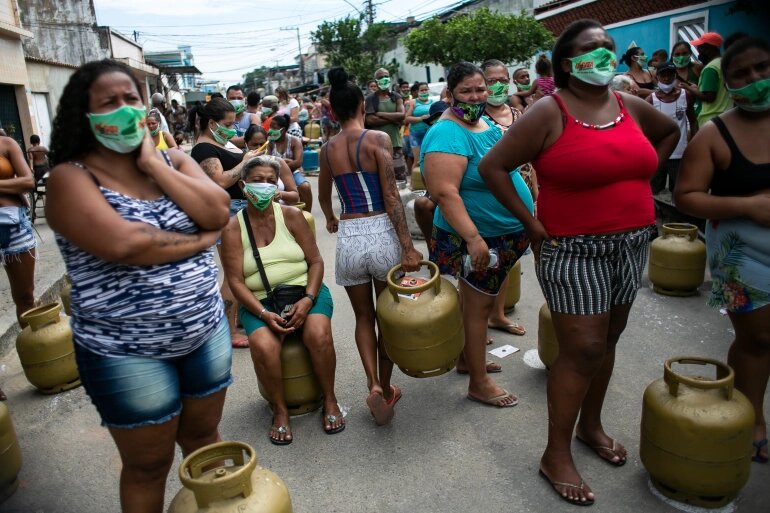

-20251228011000.webp)

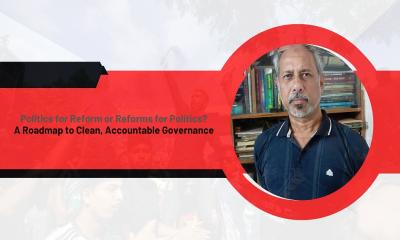










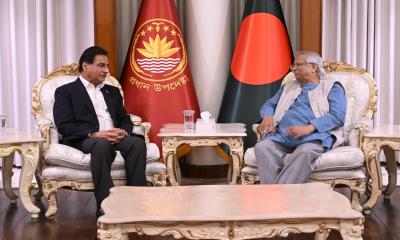


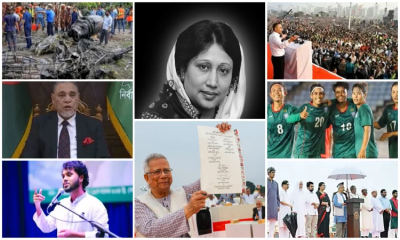




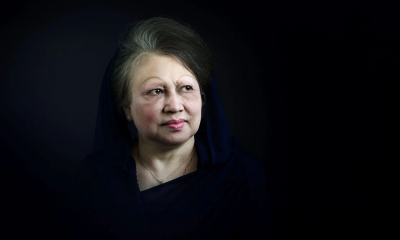


-20251227141313.jpeg)
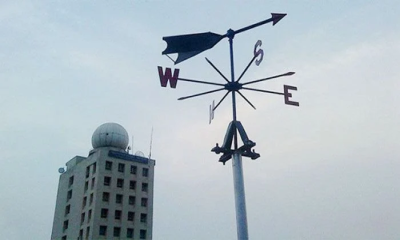


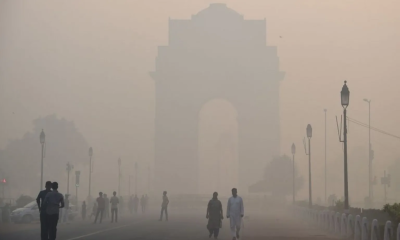
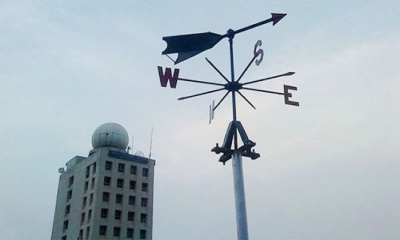


-20251229113834.jpg)

-20251228081840.jpeg)
